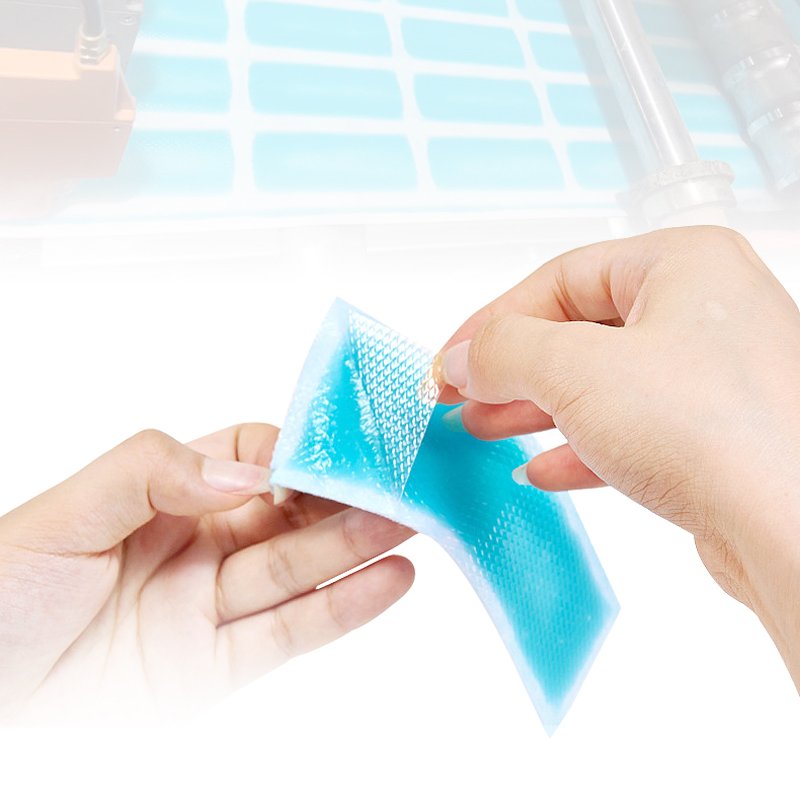Latest Technological Advancements in Transdermal Patch Manufacturing for Enhanced Release Profiles
Latest Technological Advancements in Transdermal Patch Manufacturing for Enhanced Release Profiles
In the realm of pharmaceutical technology, transdermal patches have revolutionized the way drugs are administered. As the demand for more efficient and controlled drug delivery methods continues to grow, the transdermal gel patch manufacturer has been at the forefront of innovation. This article delves into the latest technological advancements in transdermal patch manufacturing that are specifically aimed at improving release profiles.
Advanced Materials for Controlled Release
One of the key areas of advancement in transdermal patch manufacturing is the use of novel materials that allow for more precise control over drug release profiles. These materials are designed to regulate the rate of drug diffusion from the patch into the skin, thereby ensuring consistent and sustained drug delivery. For instance, the incorporation of hydrogels into the patch matrix has enabled a more gradual and controlled release of drugs, especially for those with a short half-life.
Micro- and Nano-Encapsulation Technologies
Micro- and nano-encapsulation techniques have emerged as promising methods for enhancing the release profiles of transdermal patches. These technologies allow for the encapsulation of drugs within microscopic or nanoscale particles, which can then be dispersed within the patch matrix. This approach offers greater flexibility in terms of controlling the release rate of drugs, as the encapsulation parameters can be tailored to achieve desired release profiles.
3D Printing in Patch Manufacturing
The application of 3D printing in transdermal patch manufacturing has opened up new avenues for achieving precise release profiles. This technology allows for the layer-by-layer deposition of materials, enabling the creation of patches with complex structures and geometries. This precise control over the patch's internal architecture can significantly influence drug release kinetics, leading to more tailored and optimized release profiles.
Intelligent Drug Delivery Systems
The integration of intelligent drug delivery systems into transdermal patches is another exciting area of advancement. These systems employ sensors and feedback mechanisms to monitor the drug's release and adjust it accordingly based on physiological conditions. For instance, temperature-sensitive patches can adjust their release rate in response to changes in skin temperature, ensuring optimal drug delivery under varying conditions.
Custom Transdermal Patch Manufacturing
With the increasing demand for personalized medicine, the development of custom transdermal patches has become a priority. Manufacturers are now able to produce patches tailored to the specific needs of individual patients, taking into account factors such as age, gender, and skin type. This approach allows for the optimization of release profiles on a case-by-case basis, maximizing therapeutic efficacy and minimizing adverse effects.
In conclusion, the latest technological advancements in transdermal patch manufacturing are focused on enhancing release profiles and improving drug delivery efficiency. The use of advanced materials, micro- and nano-encapsulation techniques, 3D printing, intelligent drug delivery systems, and custom manufacturing are all contributing to this effort. As these technologies continue to evolve, we can expect even more innovative solutions in the field of transdermal patch manufacturing, leading to safer and more effective drug administration methods for patients.
Related Questions:
- How do advanced materials improve the release profiles of transdermal patches?
- What are the advantages of micro- and nano-encapsulation in transdermal patch manufacturing?
- How does 3D printing affect the precision of drug release in transdermal patches?
- How do intelligent drug delivery systems monitor and adjust drug release in transdermal patches?
- How can custom transdermal patches be tailored to meet the needs of individual patients?
- What are the challenges and limitations in achieving precise release profiles in transdermal patches?
- How do manufacturers ensure the safety and effectiveness of novel materials and technologies used in transdermal patch manufacturing?
- What are the future trends and potential areas of research in transdermal patch technology?
- How do the latest advancements in transdermal patch manufacturing impact patient compliance and overall therapeutic outcomes?
- How do manufacturers ensure the scalability and reproducibility of these advanced manufacturing techniques for transdermal patches?






